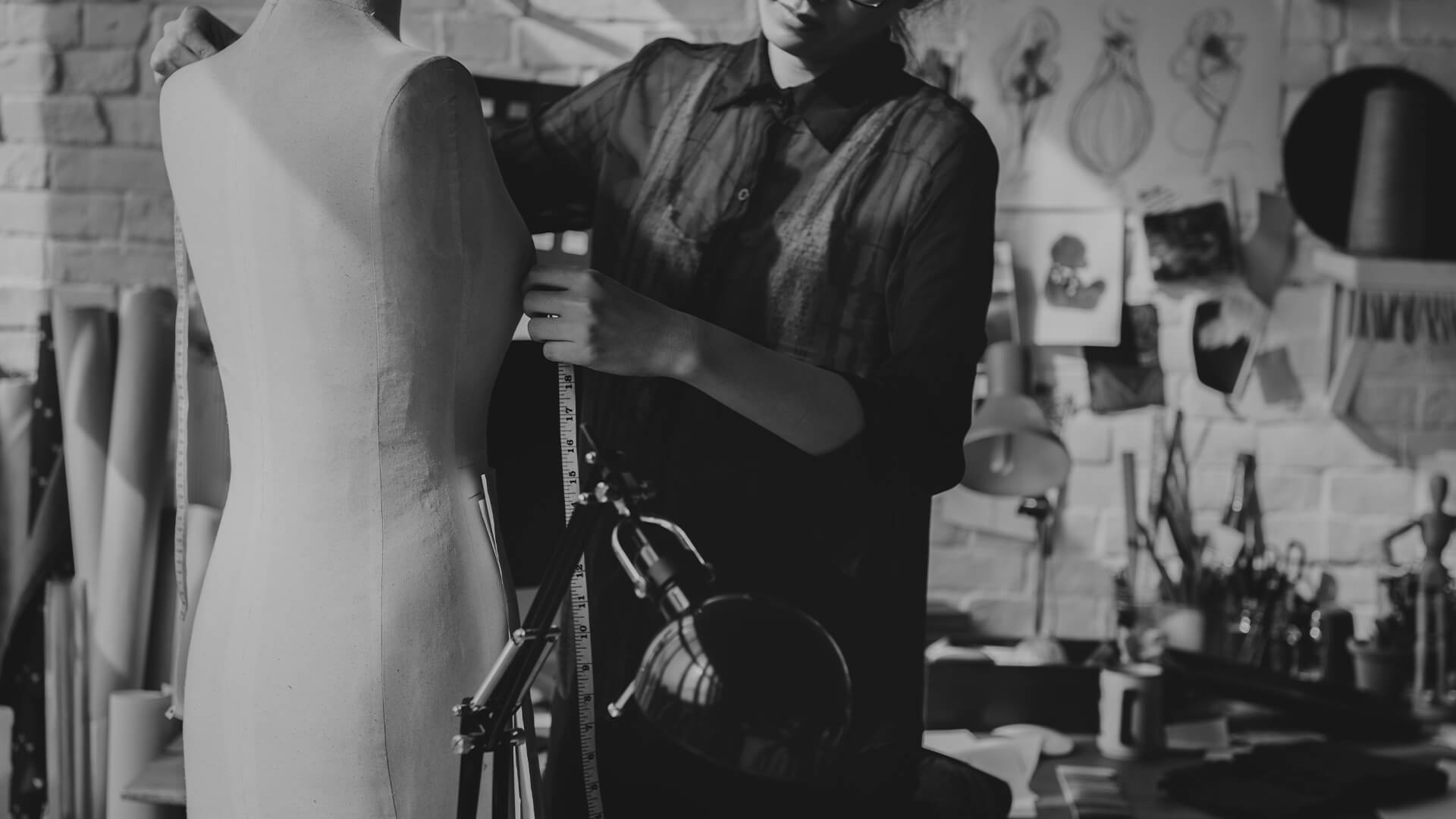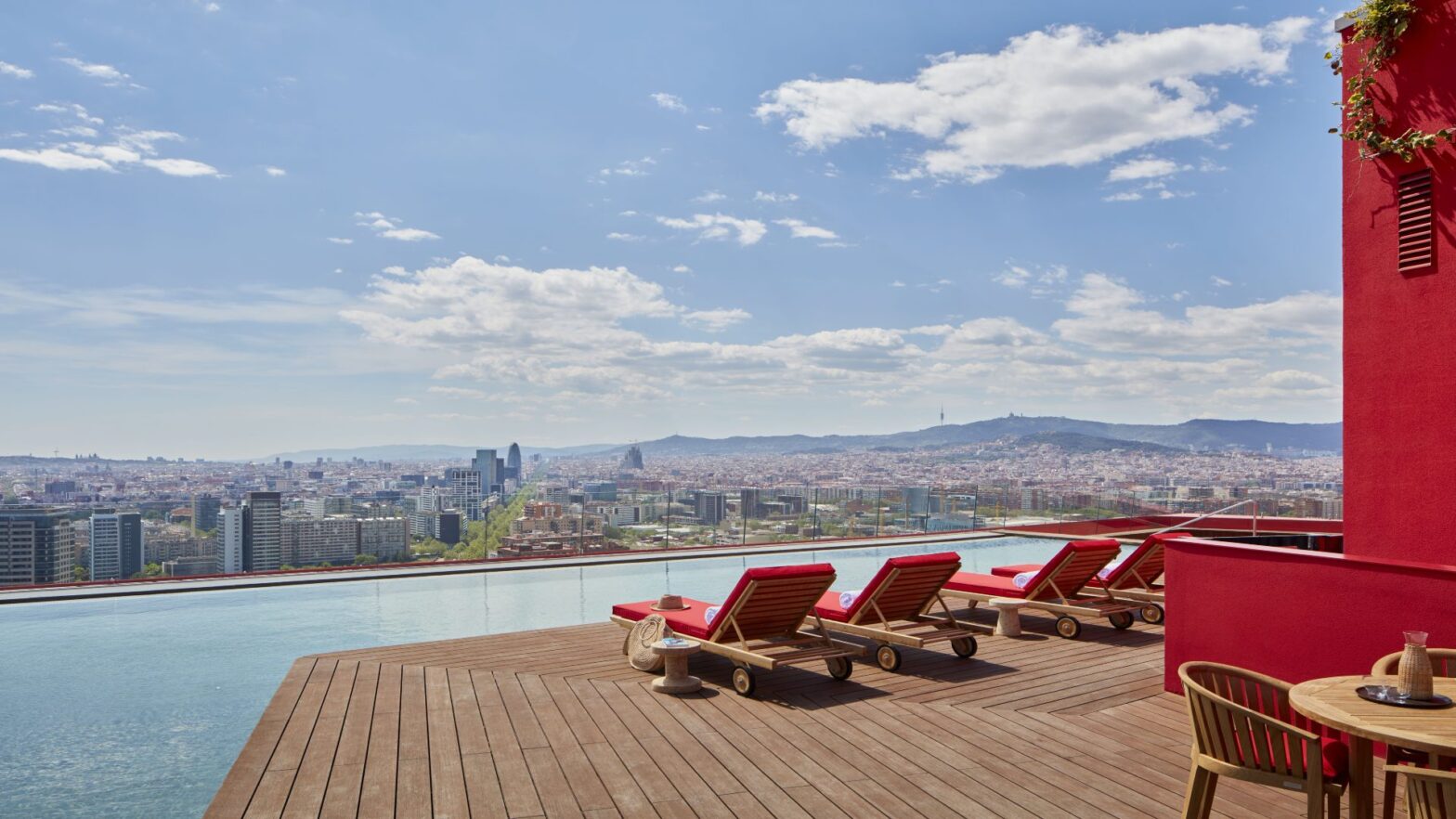
With environmental issues such as global warming, overpopulation, and ozone layer depletion at an all-time high, people across all industries, including fashion, are looking for more sustainable ways to help preserve the remains of the already depleting earth.
The fashion industry is one of the most polluting industries. It is the second-largest consumer of water supply on the planet and is responsible for more than 10% of the world’s carbon footprint because it emits more than 1.2 billion tons of greenhouse gases, as seen in the essay examples on pollution, each year. This calls for better ways of working because the ecosystem needs to be taken care of.
To begin with, slow fashion is a social philosophy and movement that encourages environmental responsibility. This allows brands to make and use clothes, shoes, and other fashion wears sustainably. This is to preserve the environment like films about problems of environment try to do.
This type of fashion is also referred to as ethical fashion. Here are the top 7 eco-friendly fashion designers trying to improve the state of the environment through planet-friendly ways such as using fabrics with minimal effect on the planet.
Stella McCartney
Stella is one of the best-known. She is a London-born designer who has been changing the fashion scene since the launch of her fashion house in the year 2001. She is also one of the pioneers of environmentally-friendly and cruelty-free (no fur, ethically sourced wool, recycles textiles) pieces.
McCartney is constantly setting the bar high by exploring new ways customers can prolong the life of their garments by using reusable products and better ways of doing things. She uses; recycled polyester, sustainable viscose, and Koba, which are all planet-friendly. She also gives back to society by making donations to organizations such as Bioplanet, Million Trees Miami as well as Memorial Sloan Kettering.
Eileen Fisher
To create this list without Fisher would be an incomplete list. She is particular about upcycling textiles and making them into sustainable materials or clothes. She is known for her passion for disrupting the linear production model by using a circular model. Part of her sustainability goals allows her to use organic and recycled garments, dyes, and secondhand shops.
Some of her secondhand shops are also initiatives such as the Renew and Waste No More, making her a certified B Corporation.
Mara Hoffman
In 2015, the luxury fashion designer Hoff began her journey to sustainability after examining her ways. She discarded them because of their impact on the environment, further urging the consumers to evaluate their relationship with their clothing. She uses sustainable fabrics in her luxurious collections and latest work, such as organic cotton and other plant-based materials that are environmentally friendly alternatives.
The New York-based designer makes women’s wear such as swimwear from pre and post-consumer waste. To cap it all, Hoffman works with practices for shipping, packaging, and branding accepted internationally by environmental and human rights standards.
Gabriela Hearst
After Hearst founded her line in 2015, she has not stopped looking for innovative ways to support the industry through sustainability better. She has set the bar for others to follow in her approach and collections. In 2017 during her Fall show, 25% of her collection was made from deadstock material or unsold surplus fabric. It was the first show to be certified carbon-neutral. For spring 2021, she produced the first carbon-neutral show by offsetting her carbon footprint to donate to EcoAct’s Madre de Dios Amazon Forest Conservation Project.
Rag and Bone
Marcus Wainwright and Nathan Bogle founded the Rag and Bone designer brand almost twenty years ago in New York. It is a sustainable luxury brand creating new meaning for urban style. It is all about local production and sustainability. They initially started as a denim brand with roots in casual wear and accessories.
To foster planet-friendly initiatives, in 2017, Rag & Bone partnered with Cotton Incorporated’s Blue Jeans Go Green to start a denim recycling program or trend that nudges people to bring in their old jeans for recycling in exchange for a 20% discount on the purchase of full-price from them.
Sandra Sandor
She is the owner or brain behind the Hungarian brand Nanushka. She doesn’t use exotic animal skin. Her focus is on recycled leather and animal hair. It launched over a decade, but with the gentle shift and growing demand for sustainable fashions, the brand had found its way to the spotlight. Her use of upcycled materials allows her to design bags and apparel for both sexes. She hints at a nature lover and is gradually becoming a label to reckon with both in the digital space and offline.
Coclico
It is a footwear brand that uses sustainable practices like minimizing textile waste and engaging alternative suppliers to control their carbon footprint. They use reformed material responsibly sourced skin, which includes quality Italian leather, upcycled cork, and natural wood. Its beautiful designs are original and timeless, with second hand shops available. They are ethically hand-made in Spain.
Conclusion
Sustainable fashion design is based and made on a lot of principles, and it takes a lot more than simply using organic fabrics, dyes, and textiles, and cruelty-free products. It is a movement that can change the nature of luxury design from a polluting one to one that is environmentally focused, thereby improving the earth’s condition by reducing carbon footprints and waste.




















